It may have seemed strange to add an important development to a car at the 19th event of the F1 World Championship but it didn't deter Mercedes and Haas, albeit the two teams upgrading their machinery for totally different underlying reasons.
The Brackley-based team introduced a modification to the lateral edge of the W14's floor and also to its upper conformation - characterised by large humps that hide a non-linear conformation of the lower Venturi channels - as well as a revision of the external barge boards, which increasingly adopt a profile similar to that of the same elements of the Red Bull RB19.
In practice, Mercedes has tried to invest the last of its resources for the season within the budget cap to increase the balance of its car - in favour of a reduction in tyre degradation - but above all for greater predictability of the car's behaviour on corner-exit.
This is an evolutionary process that does not have a sole objective to the increase in performance of the W14 but also that of laying the foundations of the W15, which is in an advanced design phase at Brackley.
The effects of the introduction of these changes were not sensational in terms of immediate performance improvement, but there is equally no doubt that both drivers - especially Lewis Hamilton [who finished the Grand Prix second before a disqualification] - felt the car was more stable, except in acceleration out of corners where the lateral slipping still seemed evident.
The specific introduction in Austin is explained not only by the fact that the high altitude in Mexico and consequent low air density would not provide objective data for correlation but above all because a debut with five races to go allows a collection of a substantial amount of data, useful for the future project.
It seems correct to define the W14, in its latest configuration, as a laboratory on wheels with which Technical Director James Allison's intentions should allow the team to avoid following similar directions in the detailed design of the W15 and avoid - as is the case with the current car - a dead end of sorts.
The fight for second place in the Constructors’ standings with Ferrari also represents a further valid reason for not having concluded the development of the W14 before this race.
It is striking how the tendency to increase the passage of air in the lower part of the sides is now clear, while at the same time avoiding the possible infiltration of the flow under the floor.
For this reason, the lateral ends of the floor have been shaped differently in correspondence with the terminal part of the underneath flow diverters.
Viewed by others:
Don't miss out on any of the Formula 1 action thanks to this handy 2026 F1 calendar that can be easily loaded into your smartphone or PC.
Download the calenderMost read
F1 2023 United States Grand Prix RN365 News dossier
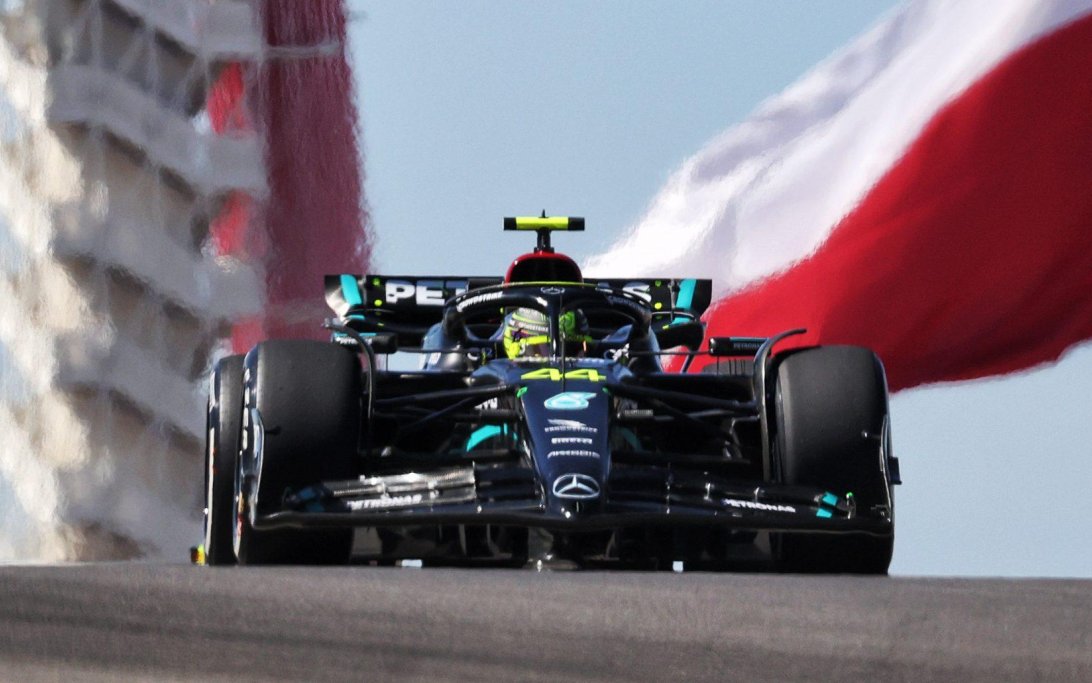
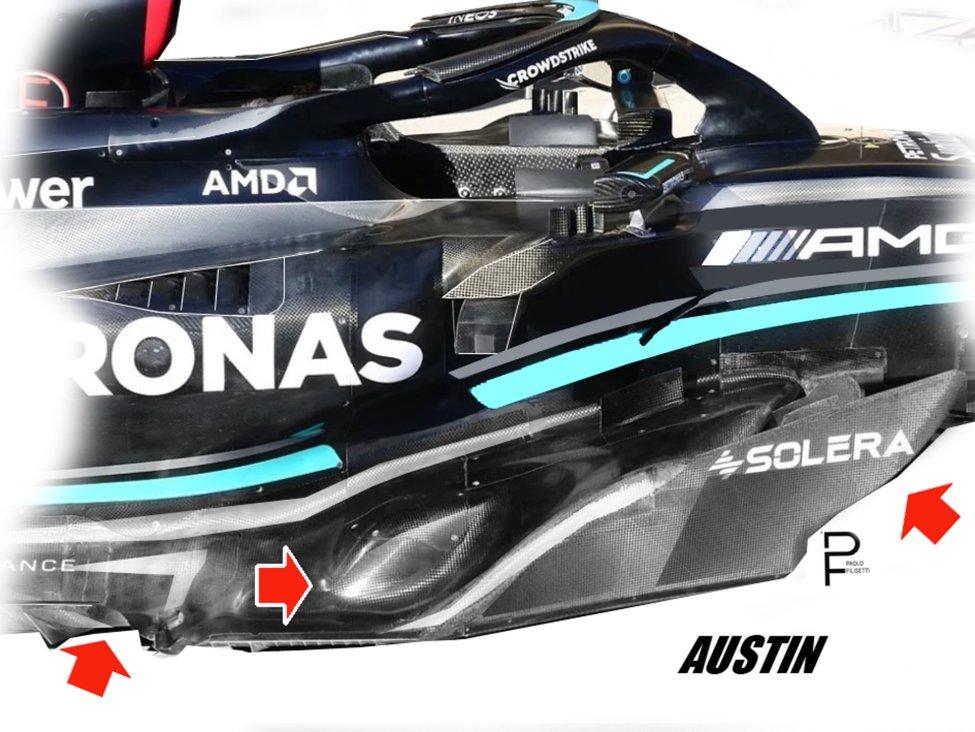
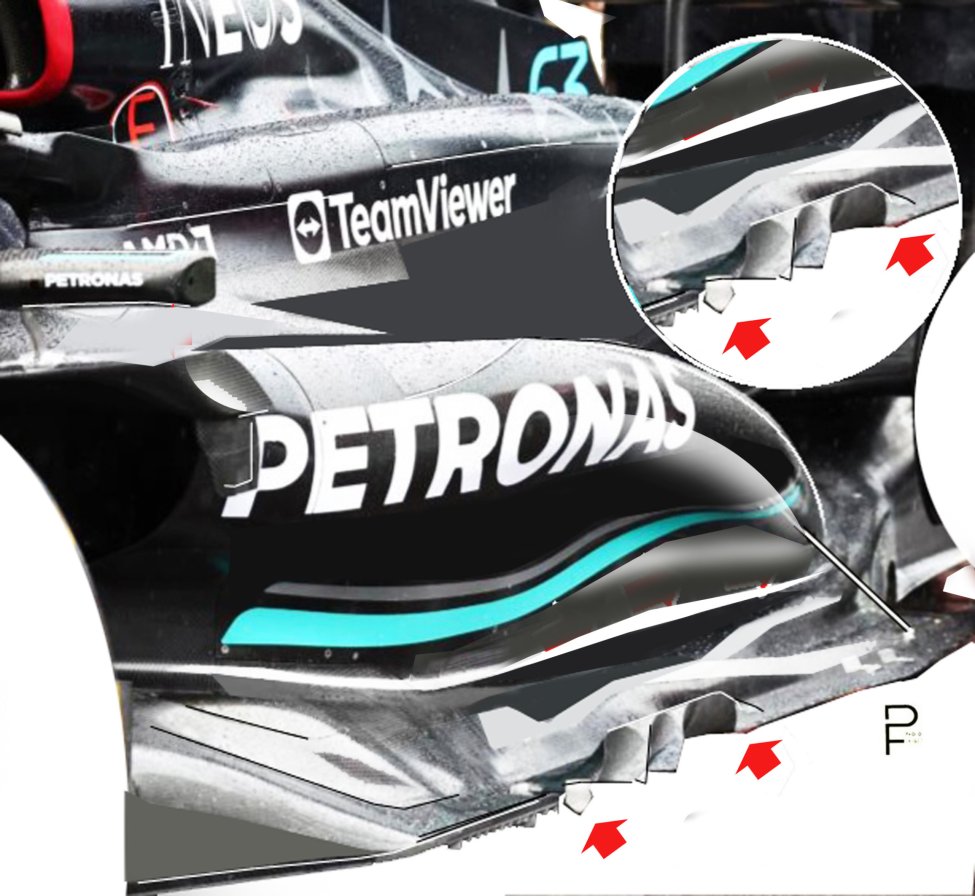








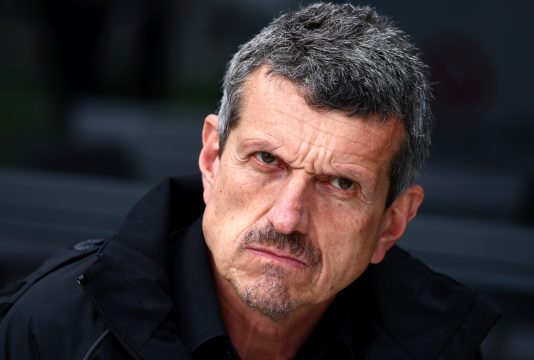
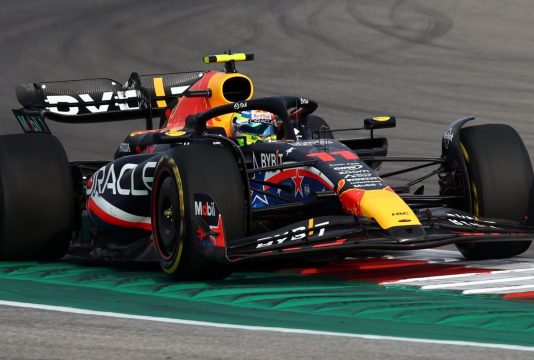

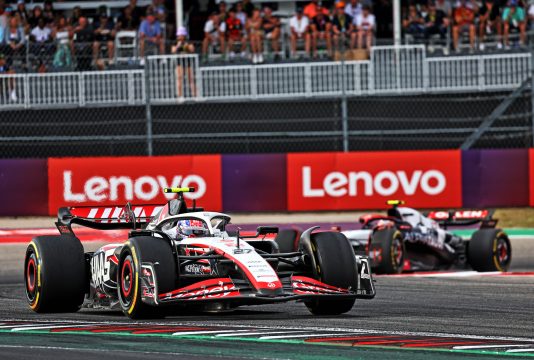
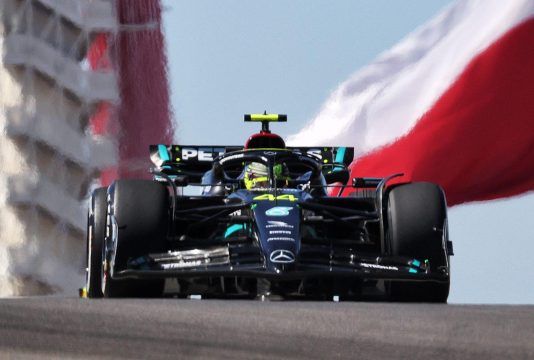
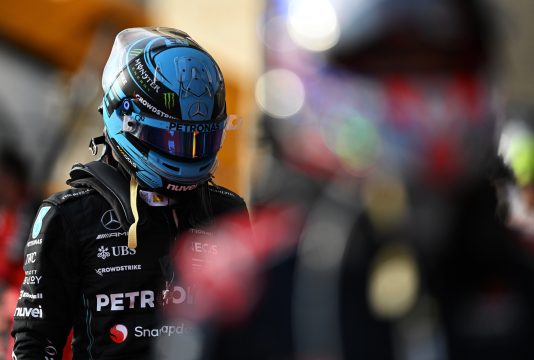
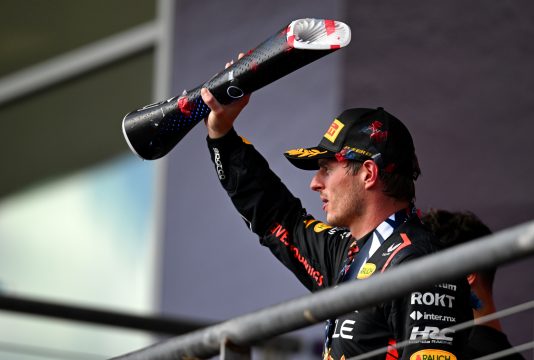

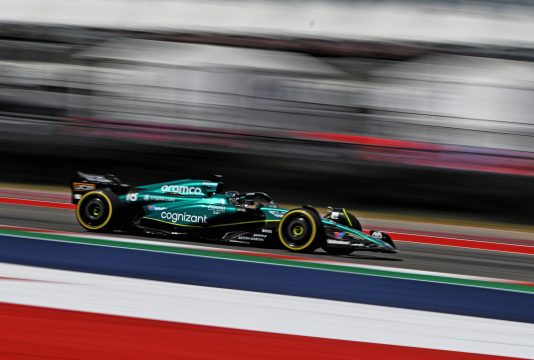

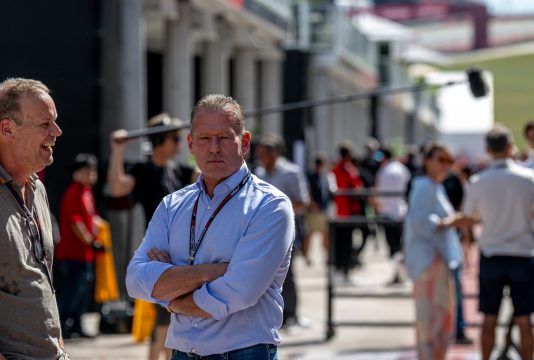



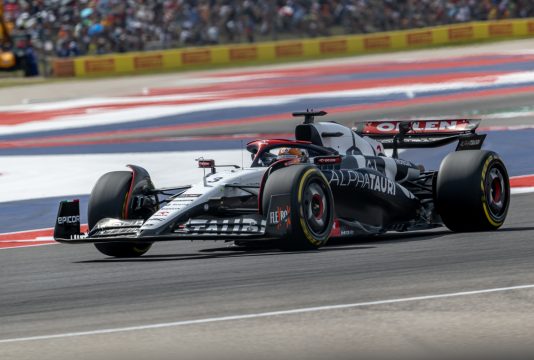
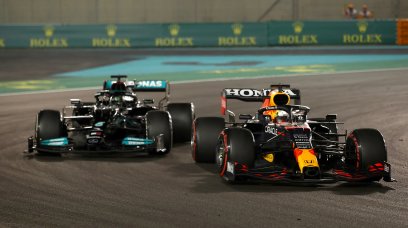
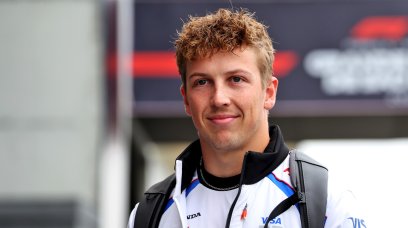
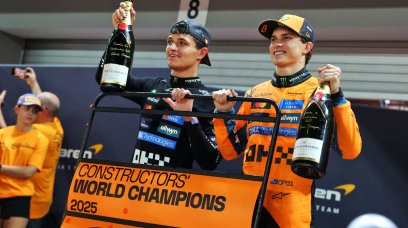


Join the conversation!